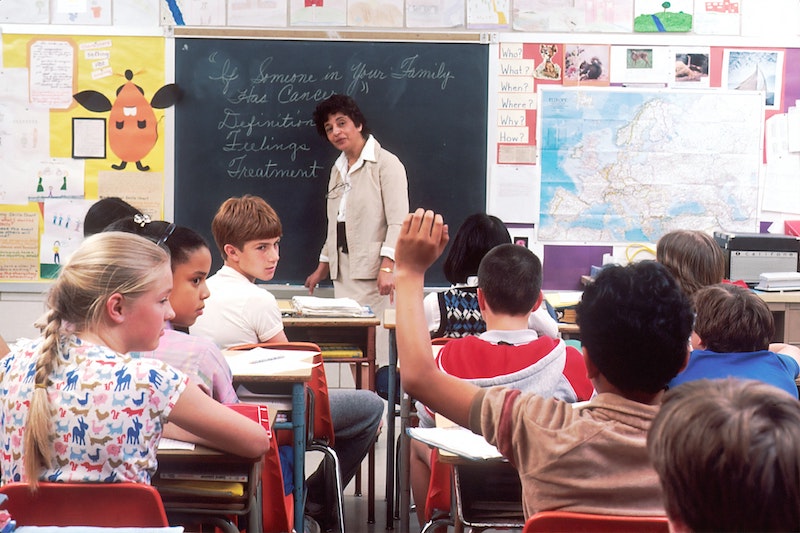Inclusive Education Programs Combat Learning Poverty

UNICEF is working alongside NGO Zhan, a software development company and a youth center to help children in Kazakhstan who have visual impairments gain more out of online learning during the COVID-19 pandemic. The program teaches children with visual impairments how to access useful learning resources and maximize the benefits of technology. Inclusive education programs are particularly valuable in developing countries where many often stigmatize disabilities and those with disabilities do not receive accommodation from schools. The COVID-19 pandemic has made inclusive education even more essential due to an expansive surge in digital learning, which is rarely accessible to children with disabilities.
UNICEF’s Approach
UNICEF and NGO Zhan program taught children how to navigate smartphones, computers, web resources and messenger and navigation apps. The children also learned the basics of programming and became familiar with several software programs, as UNICEF reported.
Children who participated in the program ended up with heightened abilities to communicate with their teachers, peers and families, both inside and outside of school. Children with visual impairments who learn technological skills like computer programming have better chances of finding stable jobs later in life. Inclusive education programs like UNICEF’s help provide opportunities to children with disabilities who may otherwise lack access to education altogether, especially in developing countries.
Educational Benefits
Children with disabilities are often marginalized within educational systems, which makes it difficult to find career opportunities as adults. Children with disabilities face disproportionate amounts of exclusion in low-income areas, according to the World Bank. Educational programs that provide learning resources for children with disabilities help put them on level playing fields with their classmates.
Teachers in developing countries often lack the training and resources to assist children with disabilities, so outside organizations like UNICEF can help make schools more inclusive. According to the World Bank, inclusive education programs may involve teacher training, removing physical barriers for students and obtaining accessible learning materials. These resources allow children with disabilities the opportunity to learn the same material as their classmates without falling behind in school or missing out on job opportunities in the future.
Socioeconomic Benefits
Around the world, 57 million children lack access to primary education. While many children with disabilities struggle to keep up in school without accommodations, others lack access to education altogether. Educational disparities in low-income areas are particularly common among young girls.
Inclusive education programs and policies can improve child literacy, gender equality and educational opportunities at large for children with disabilities. When more children have access to positive educational experiences, more children can enter the workforce and contribute to their local and national economies.
UNICEF’s program for children with visual impairments is a prime example of how inclusive education can benefit children’s education and social lives. Inclusive education accepts and embraces all children, allowing them to succeed in school and pursue their ambitions for the future.
– Cleo Hudson
Photo: Unsplash
